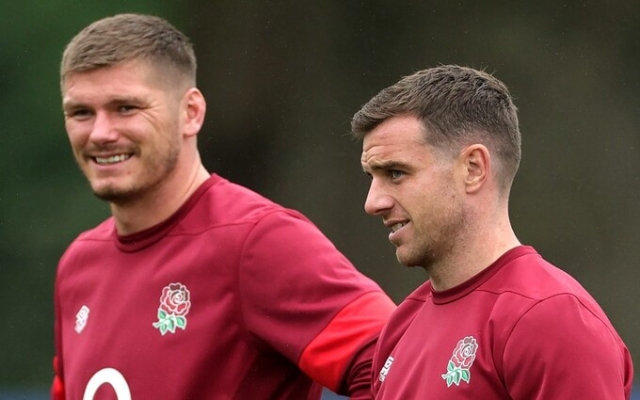 Owen Farrell (left) and George Ford are set to start against Samoa. Photo: Getty Images/David Rogers
Owen Farrell (left) and George Ford are set to start against Samoa. Photo: Getty Images/David Rogers
Brad Barritt was first up against Samoa in 2014, and Jonathan Joseph did it by far the best. Ben Teo is among seven people who have attempted it. Ollie Lawrence was the last one, about 30 months ago.
A cozy club of players has formed in midfield, including George Ford and Owen Farrell. Now, more than ever, the attributes of this particular outside center seem vital to the team's success.
England were always going to push their backline a little at this World Cup. Many will say that the midfield has been uncertain for 20 years. Hey, what difference does a couple more months make?
To be more specific and sensible, Steve Borthwick's decision to skip Henry Slade in the tournament was both important and multi-faceted. Not only was a talented person considered superfluous according to the requirements. Borthwick also abandoned the partnership of Manu Tuilagi and Slade 12–13; on paper the most cohesive and experienced available in England.
Instead, Borthwick implicitly prioritized a 10-12 Ford-Farrell partnership unseen since the heavy defeat to Ireland on 20 March 2021. The England head coach clearly intended to bring this axis out of two and a half years of playing. hibernation period. However, it is important to note that Borthwick also endorsed the potential of Lawrence and Joe Marchant.
As shambolic as England's warm-up matches may have been, they did leave a few clues about selection strategy. For the six minutes Ford and Farrell played together against Wales before he was sent off for a dangerous tackle on Thane Basham, Lawrence was their outside centre. Marchant also moved to the wing as Ford replaced Henry Arundell.
Farrell started in the half on his return from suspension in the win over Chile, before Ford came on with half an hour remaining. Elliot Daly came off the field and Lawrence moved back to full-centre. In the closing stages, Marchand replaced Max Malins on the flank.
So for a total of about 15 minutes in the two matches we saw a midfield of Ford, Farrell and Lawrence with Marchand in the back three. Despite his reputation for being pragmatic (okay, conservative), Borthwick has a history of bold appeals, such as the conversion of Marcus Smith.
It's tempting to frame the Ford-Farrell-Lawrence scheme as a reprisal of England's 2019 campaign, with Lawrence as Tuilagi-lite wearing 13. There are other aspects to it, too. Tuilagi was exceptional at the last World Cup, particularly in the impressive semi-final win over New Zealand.
However, four years later, placing him outside the center rather than inside the center against elite opposition leaves the defensive line vulnerable to being narrowed and outflanked. Argentina's lineout strike at Twickenham a year ago was a perfect example of how to exploit this weakness:
While Lawrence is probably not as agile as Marchand, who is exceptionally agile, he appears to be able to cover ground faster than Tuilagi laterally. And while Bundy Aki and Robbie Henshaw have bullied England's midfield in 2021, Lawrence remains a dynamic player who would benefit from a little more space. This way he will be able to use his comfortable combination of elusive footwork and low-slung power.
Marchant cuts dangerous angles, as he showed by making several incisive breaks for England, but you need a more powerful threat next to him. Ford and Pharrell, unless your group is dominant. For example, Joseph shone in the center between 2016 and 2017 during Billy Vunipola's purple patch.
The Ford-Farrell double act is England's only conceivable route to the menu of back-row strike moves from the 'slide'. ' form used by many commands:
Previous Next
Scotland uses it here against Romania. Cameron Redpath comes out to first receiver to pass the ball to Ben Healy after a Chris Harris kick, and Darcy Graham gets around his midfield and breaks up the middle:
England relied heavily on this formation while Martin Gleeson was attack coach, with Farrell or Slade as the first receiver and Smith usually coming in at the back. They tried it once during the warm-up against Wales, but it was unfortunate. Marchant plays first at receiver and runs the tackle, putting pressure on Farrell. Daly, who is on the left flank, seemed to miss the point and remained on that flank rather than moving into midfield:
England have since parked the 'slide', with both centers usually running flat as the ball moves out of the lineouts. Here, against the backdrop of a rumbling breakwater, Tuilagi and Marchand crawl too smoothly, and Alex Mitchell's pass goes astray:
Against Chile, England kept their first stage plans to themselves. They scored in this encounter using another popular move in midfield. Lawrence switches from place to place, and Farrell does not have time to find Smith to find Arundell:
Interestingly, when Farrell and Ford were on the field together, England only had one lineout, with Billy Vunipola clearing the ball from the tail of the maul. Watch out for a few more complications in the Samoan match. Expect Farrell to push flat with his outside center on his shoulder, while Ford will hit from a deeper position.
Andrew Brace, known for allowing defenders to compete freely and fiercely on the break, will referee the final distribution England team. Borthwick's men will not spend many phases of possession behind the halfway line before striking into territory.
However, even in the brief match against Chile, there was encouraging synergy between Ford and Farrell. Both deployed crisp passes. Here Farrell takes a tackle from Billy Vunipola and throws a dummy to pull the defender towards Ford before unleashing a shot that sends Smith into space:
Despite the opposition's poverty, it is difficult to imagine England moving the ball as neatly wide in phase play with the two Lawrence, Tuilagi and Marchant in the middle, unless Smith is chosen ahead of Freddie Steward as a ball-playing full-back.
< p>Of course, there are trade-offs, and rivals will certainly seek to attack the defensive channel between Ford and Farrell, either by piercing it directly or by manipulating it in various ways. France scored in this stunning lineout in 2021:
Marchand on the wing could be seen as another compromise, not least because the 27-year-old has been one of England's best performers at the World Cup so far. But he has started plenty of games for Harlequins and is well versed in the low-key intricacies — kick-chasing and aerial competition — and capable of moving and linking up. Closer to the touchline, Marchant may have a better chance at the jackal.
Bortwick will look at such details and look to Ford and Farrell to control the situation with their key 13.
Act You Think that George Ford-Owen Farrell will be able to work? Join the conversation in the comments section below.













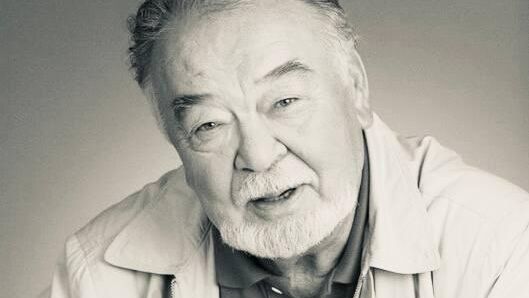

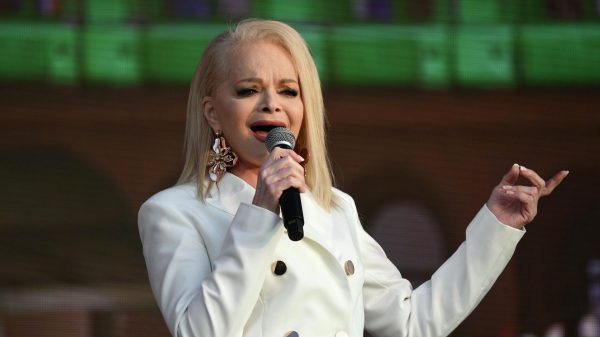

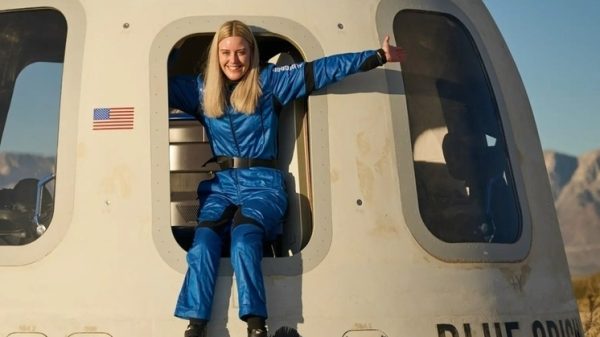
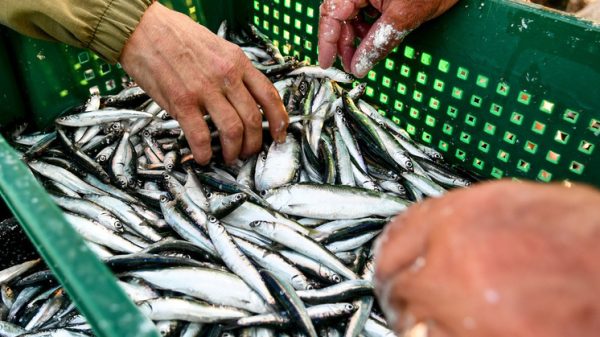

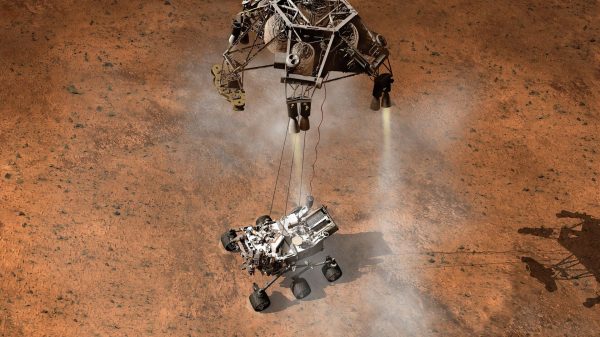









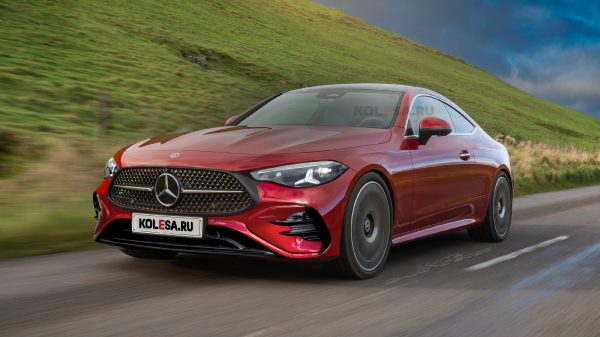
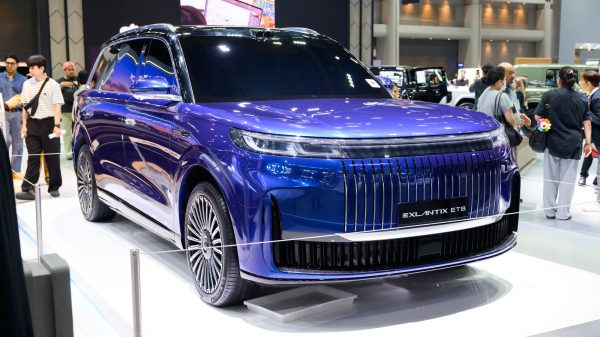

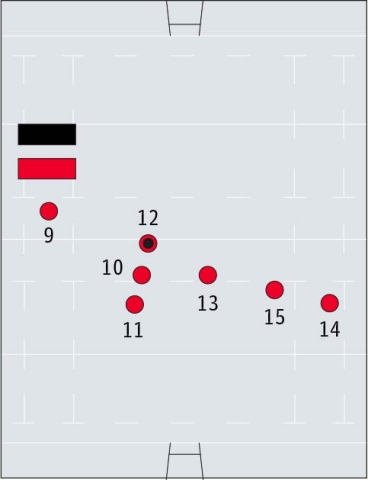


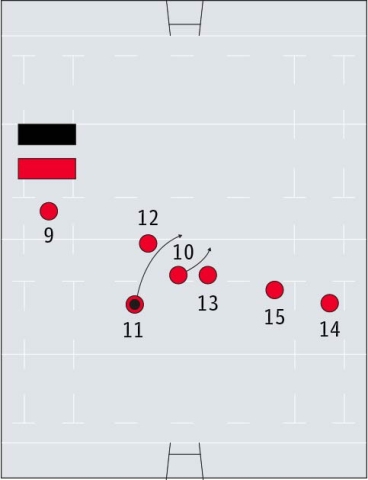
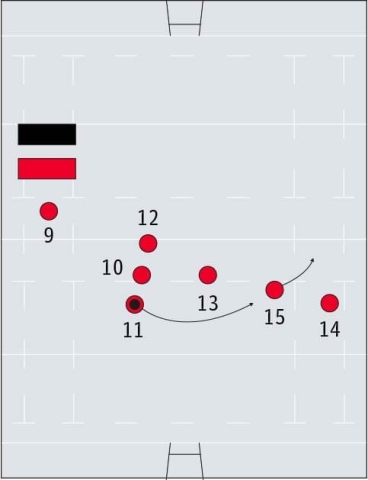

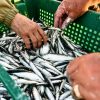

















Свежие комментарии